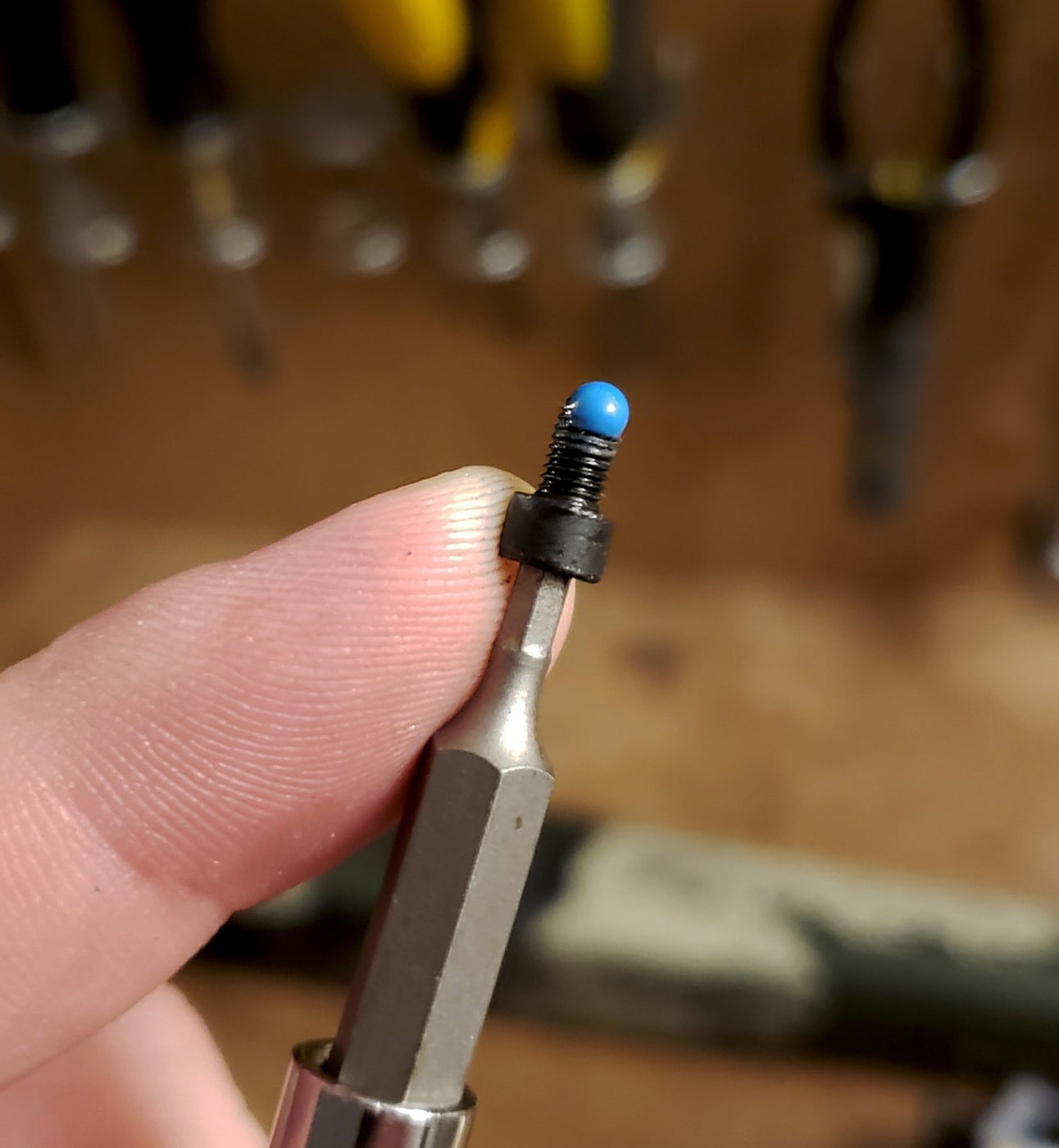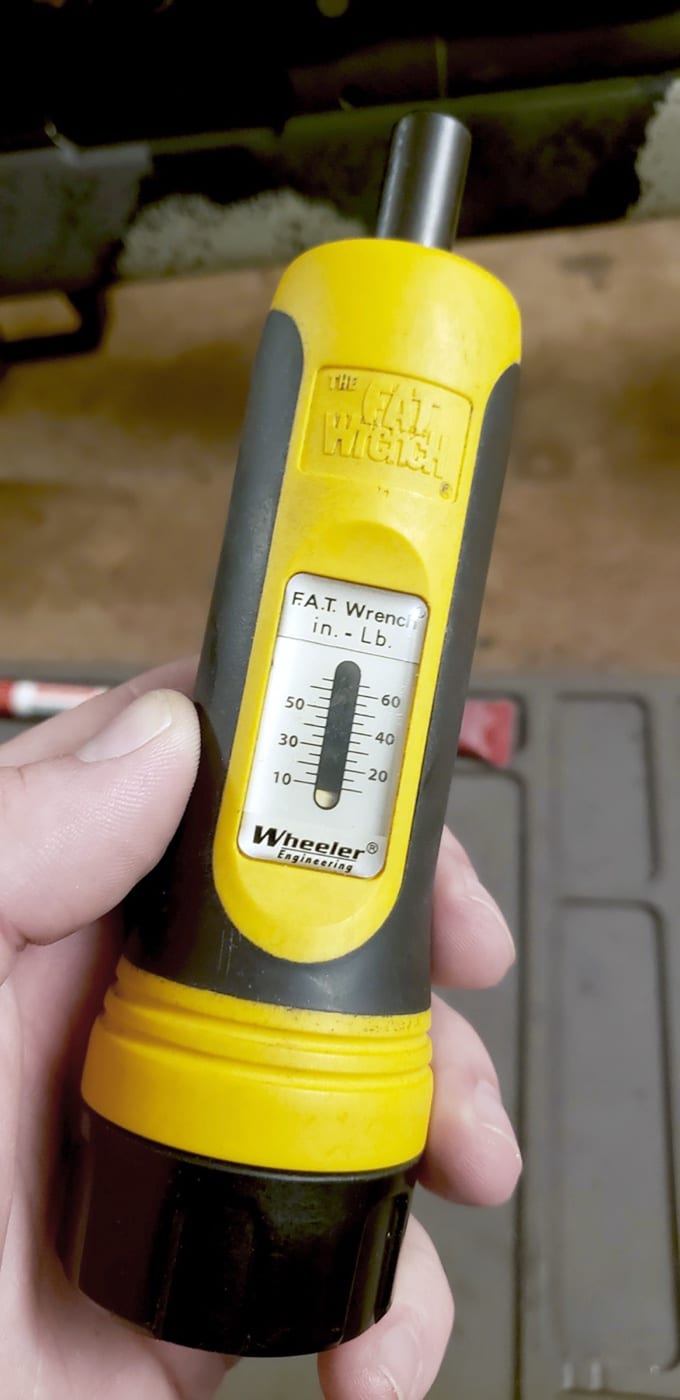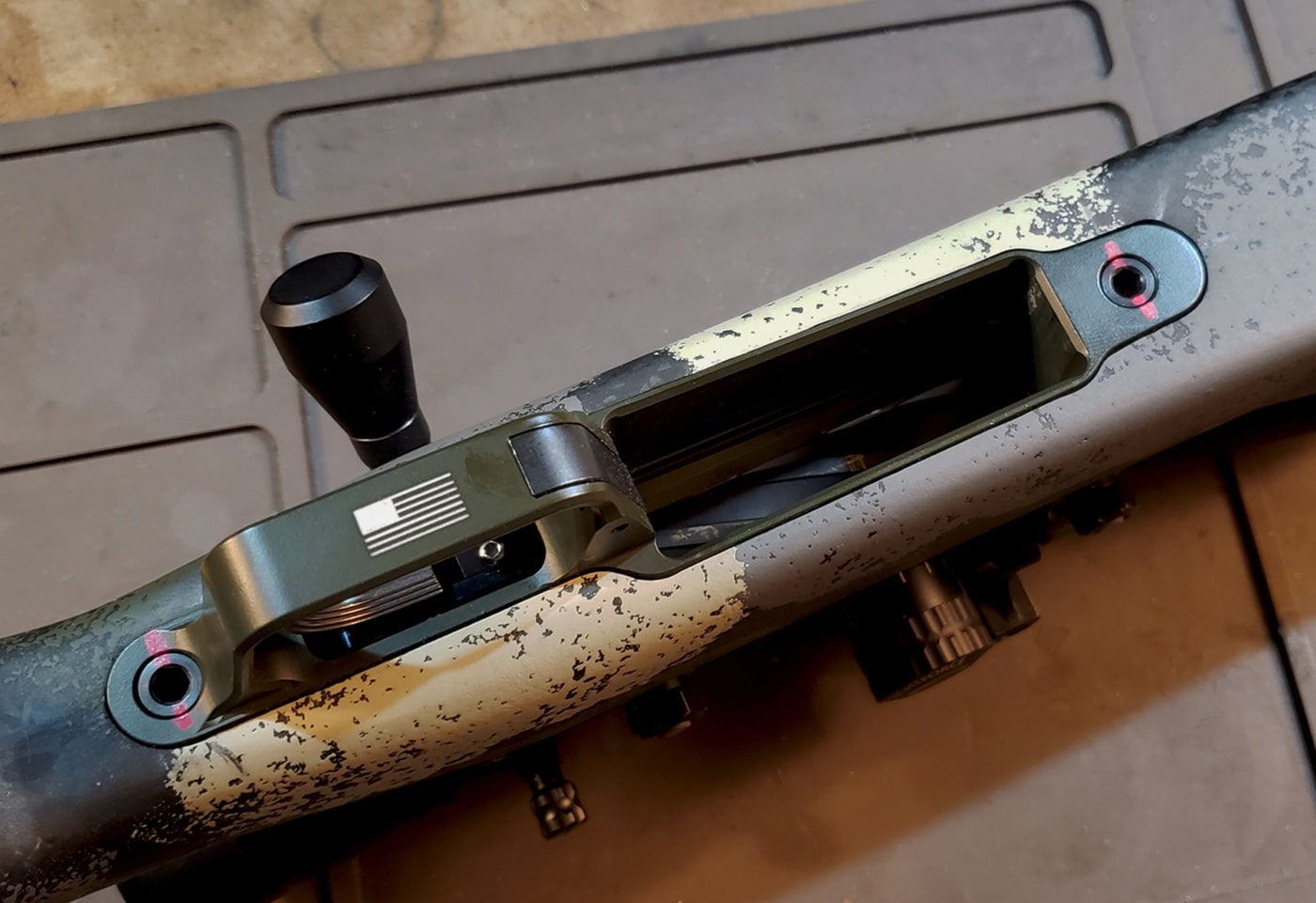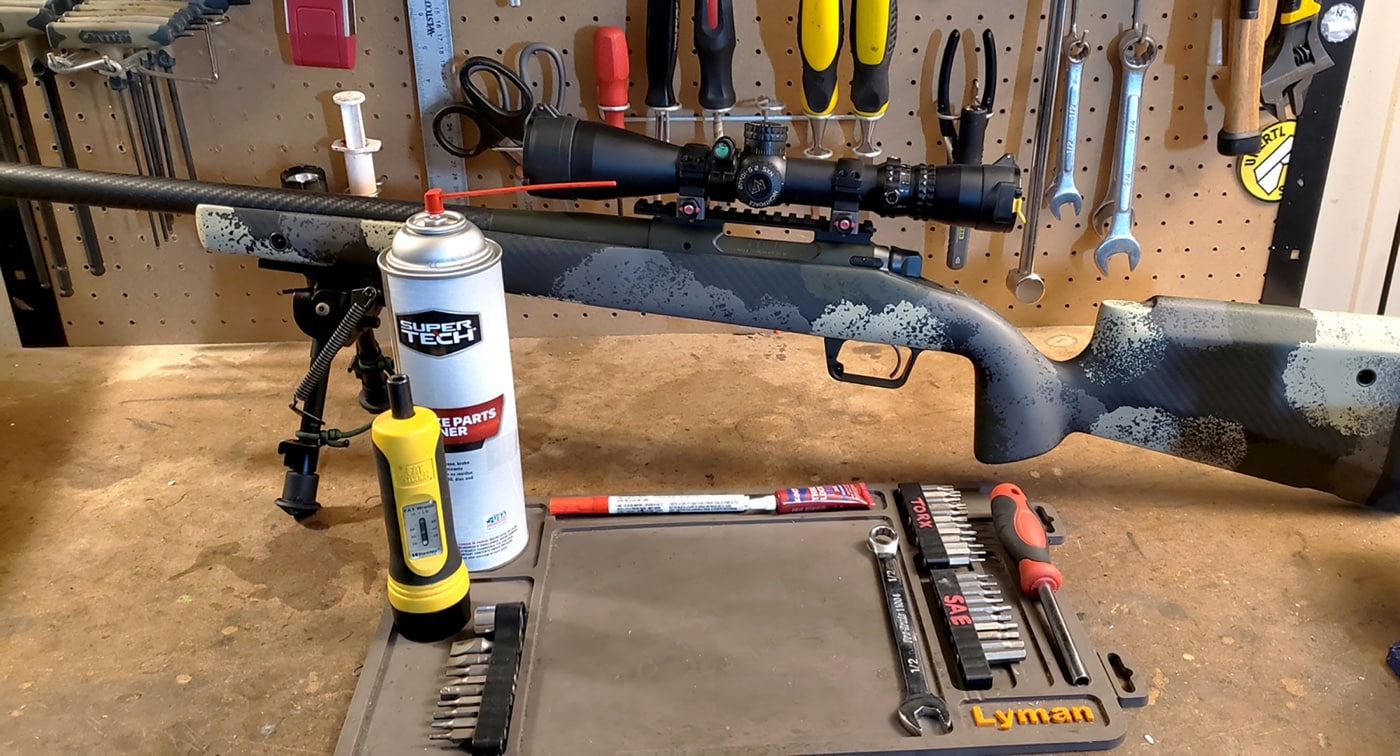This can include parts ranging from bolts to screws to nails.
But back to the topic of torque values.
Fasteners 101
First lets have a basic primer on how to identify fasteners.

Shown above are a range of fasteners used with firearms. Left to right: socket head hex, socket head Torx, flat head, button head hex, set screw, pan head Phillips, pan head slotted.
Typically, we call out fasteners by their thread pitch, head key in, and finish or material.
Here in the United States most fasteners are SAE or inch thread pitch, represented as two hyphenated numbers.
Head types for gun screws can range from socket or button-head cap screws, or flat-head screws.

Loctite Threadlocker is an important tool to use with fasteners on firearms. While not needed on every screw, it can be critical on some things like optics mounts.
Drive styles can be slotted, Hex, Philips, or Torx drive.
The screws diameter, thread pitch, material and app can drive the specified torque value.
So how do we confirm we dont mess this up?

A torque driver, like this one from Wheeler Engineering, can be used to ensure you tighten screws without damaging the threads by applying too much force.
Depending on the situation, I may also use a threadlocker as an extra bit of insurance.
Red threadlocker is more permanent and has a higher heat-resistance, requiring some extra effort to loosen fasteners.
I dont get wrapped up in brand names; Ive found the Loctite and Permatex brands to work sufficiently.

Applying witness marks can help you spot a fastener that is loosening before it causes malfunctions or accuracy issues.
It just comes down to whats available.
To keep myself out of trouble, I venture to follow the below guidelines for tightening screws.
The chart below is a torque guide for some of the common accessories and associated fasteners.

When working on your firearms, be sure to use the right tools for the job. This includes using the correct screws and other fasteners.
Then Ill see to it I have all my bits collected up and put back in their holders.
No Torque Driver?
All isnt lost; here are some field-expedient methods that can be used to get by well enough.
This will be close to 15 in/lbs.
A dab of blue wouldnt hurt either.
This will be close to 30 in/lbs.
This will be in the neighborhood of 60 in/lbs.
This will be in the neighborhood of 60 in/lbs.




